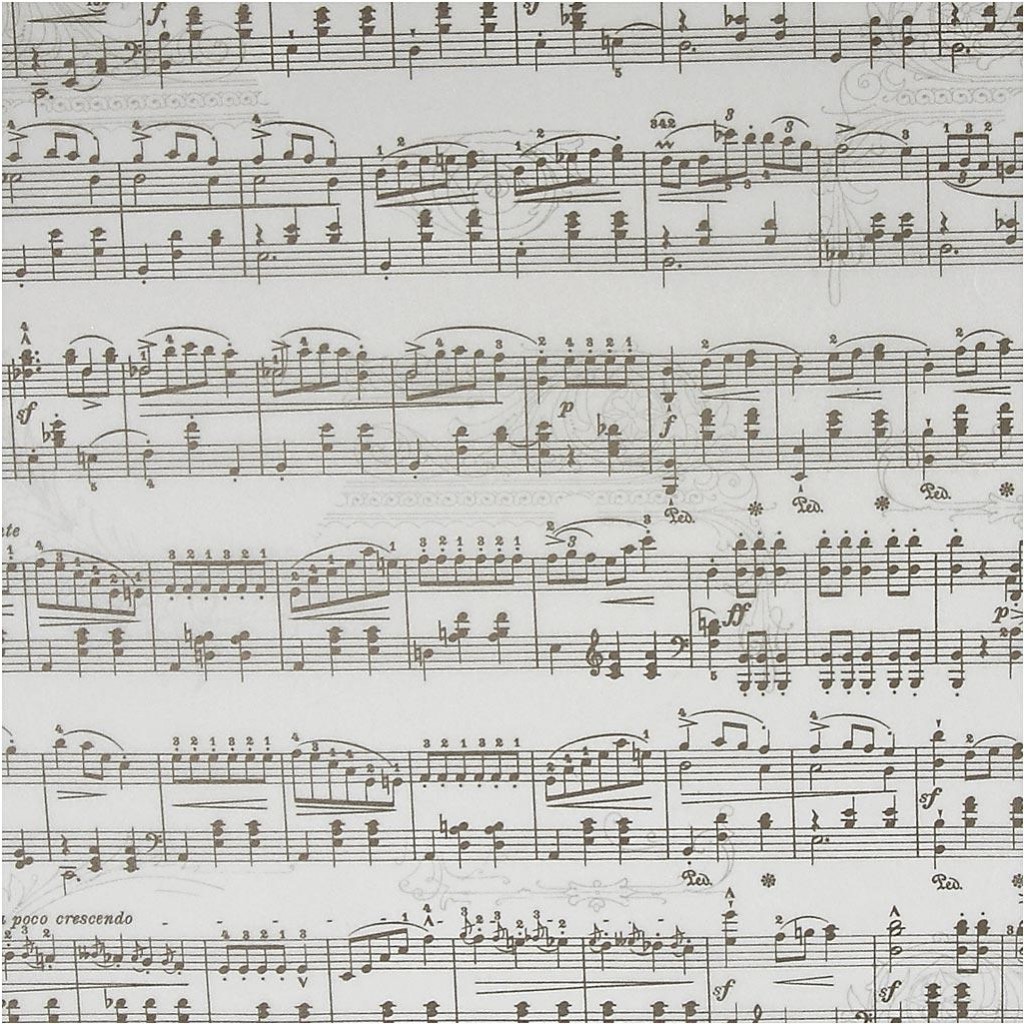The first skill in the Distress Tolerance Module is STOP.
S – Stop; do not react. Just freeze. Your may be tempted to act, but that would be acting on emotion and impulse instead of mindfully.
T – Take a step back. Take a break; take a breath.
O – Observe. Notice what’s going on around you. Notice what others are doing and saying. Tune into your thoughts, feelings, and sensations.
P – Proceed mindfully; act with awareness. Think about your goals and consider how your actions will line up with them, especially your long-term goals. Use your wise mind, with emotions and reasoning.
This may seem like common sense, but I’ve found that if I’m in a conversation where I react strongly to something said, it’s a valuable tool. I don’t always think to use it, but when I do, it works!

Many of the Distress Tolerance skills are meant to be internal as a way to regulate moods and responses to the situations we encounter.
I thought this picture was interesting!

 “DBT emphasizes learning to bear pain skillfully. The ability to tolerate and accept distress is an essential mental health goal for at least two reasons. First, pain and distress are a part of life; they cannot be entirely avoided or removed. The inability to accept this immutable fact itself leads to increased pain and suffering. Second, distress tolerance, at least over the short run, is part and parcel of any attempt to change oneself; otherwise, impulsive actions will interfere with efforts to establish desired changes.”
“DBT emphasizes learning to bear pain skillfully. The ability to tolerate and accept distress is an essential mental health goal for at least two reasons. First, pain and distress are a part of life; they cannot be entirely avoided or removed. The inability to accept this immutable fact itself leads to increased pain and suffering. Second, distress tolerance, at least over the short run, is part and parcel of any attempt to change oneself; otherwise, impulsive actions will interfere with efforts to establish desired changes.”





